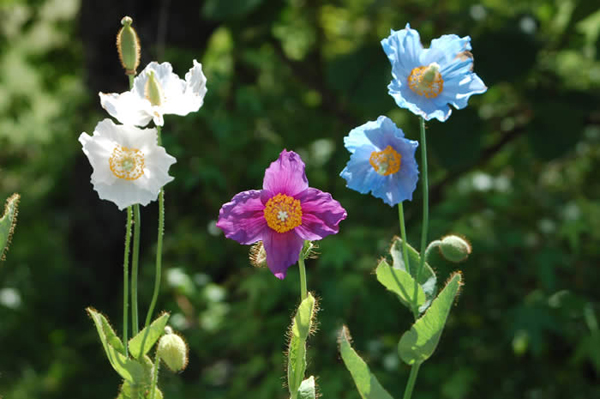
The Meconopsis in three colors. [Photo/ Baidu]
The Meconopsis is a wild perennial flower growing on the alpine talus or glacier front with an altitude of 3000-4000 meters. It has an erect stem for 10 to 40 cm and a cone-shaped root. Basal leaves form a lax rosette. The flower blooming on the top of the scape is in blue, cyan, yellow, purple, red or other colors.
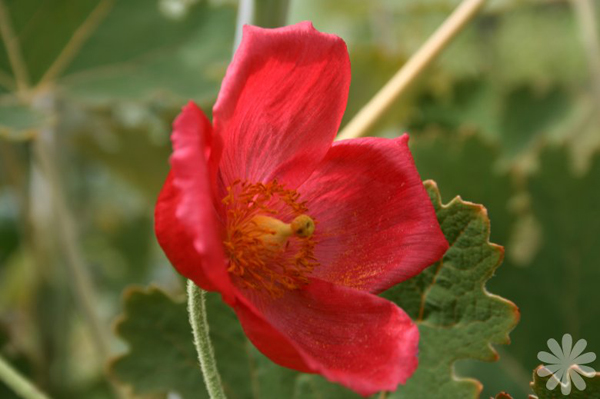
The Meconopsis is addressed as Blue Poppy by western botanists for its similarity to the poppy. [Photo/ Baidu]
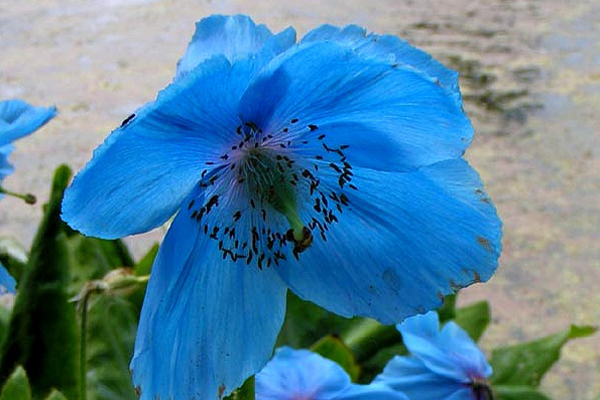
The Meconopsis is addressed as Blue Poppy by western botanists for its similarity to the poppy. [Photo/ Baidu]
It is addressed as Blue Poppy by western botanists for its similarity to the poppy. Like the poppy, it is in the family Papaveraceae. It bears similar fruit though with a different cracking way. The fluid is yellow and non-toxic. In fact, some of them could be used as medical materials, such as Meconopsis integrifolia, Meconopsis napaulensis DC. Prodr, and Meconopsis racemosa.
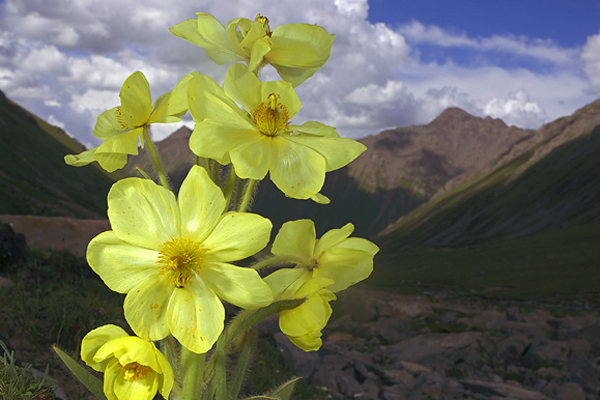
Those who are lucky to see the flower would completely be charmed. [Photo/ baidu]
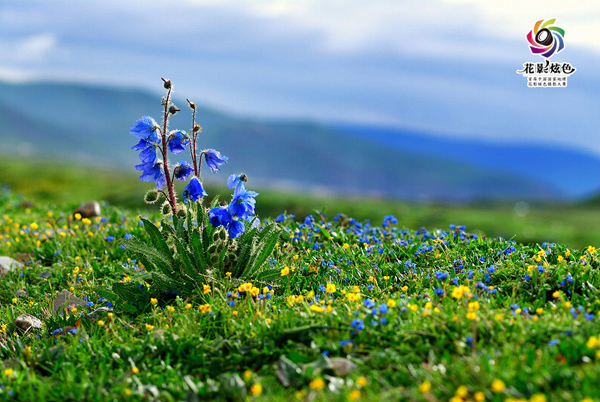
Those who are lucky to see the flower would completely be charmed. [Photo/ baidu]
Later, many Western scholars believe that the "Himalayan poppy" is more appropriate, for the mountain area is its distribution center. There are 49 species of the Meconopsis. One of them found in Western Europe and the rest grow around the Himalaya.
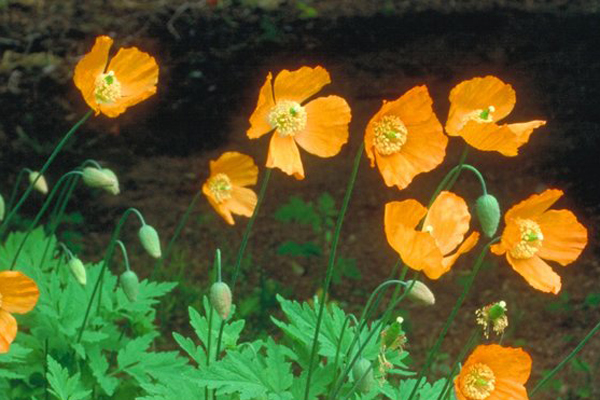
The Meconopsis has been cultivated by westerns. [Photo/ Baidu]
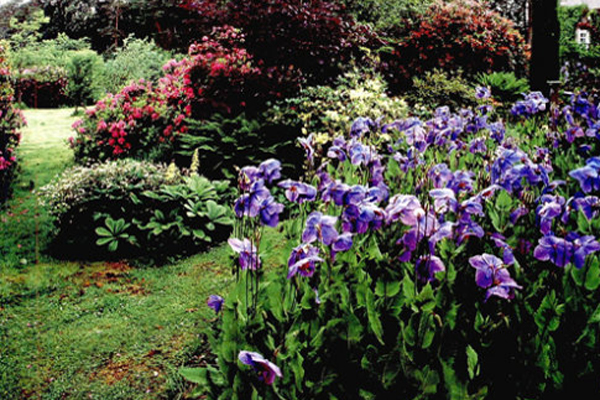
The Meconopsis in a private garden in Europe [Photo/ Baidu]
For most Chinese, the Meconopsis is a strange genus of flowering plants, though it has been cultivated by westerns for a long time and regarded as the national flower of Bhutan. This plateau plant has not only dazzling ornamental value but also an important position in the history of Tibetan culture. Every summer, the spectacular alpine flower wound bloom in the rocky land above 3,000 meters. There is no sign of it in the plains or hills. Those who are lucky to see the flower would completely be charmed.
